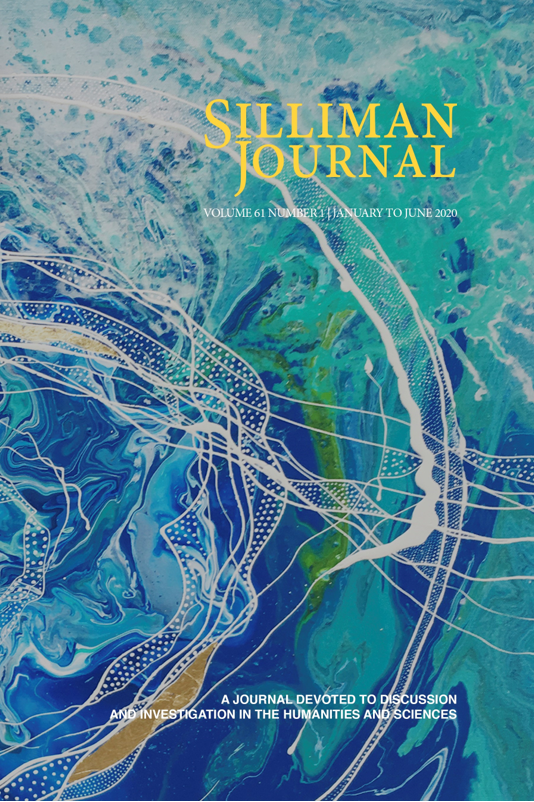Assessment of the Diversity of Animals in Mt. Tapulao, Palauig, Zambales
Keywords:
Mt. Tapulao, biodiversity assessment, environmental degradation, forest ecosystemAbstract
The study was conducted in order to assess the current diversity of animals in Mt. Tapulao, Palauig, Zambales. This study was concerned with the identification, determination of the conservation status, endemism, and population trend of fauna present in the area. The state of the wildlife and the sources of its decline, as well as the sources of the levels of impacts of environmental problems/degradation of forest ecosystem, were also determined. The study areas were chosen through the establishment of
five stations with varying elevational gradients. Various capture methods were used to record the different vertebrate species in the area where 32 species of animals were observed. Results revealed that the birds obtained a moderate diversity index of 2.65 while mammals, reptiles, and amphibians acquired a very low diversity indices of 1.61, 1.03 and
0.56, respectively. Mt. Tapulao showed high endemism of wildlife of which 52% were Philippine endemic and 39% were native. Assessment on the status of each animal species disclosed that most of the wildlife in the study area were in the least concern category (75%) but indicated a decreasing population trend (43%). Three species were under the vulnerable category and two were considered as near threatened according to IUCN Red List of Threatened species. Moreover, DAO 2019-09 (Updated National List of Threatened Philippine Fauna and their Categories) considered four of the assessed animals as vulnerable,
two of whom were listed as endangered. Mt. Tapulao’s forest ecosystem was much affected by human activities. Wildlife hunting still occured mainly as a source of food and income in the area. It was determined that road construction, wildlife hunting, soil erosion/silt runoff, and tourism areas/recreational areas were the sources of major threats to the forest ecosystem, while mining, solid waste, ecotourism and quarrying had moderate impacts on the degradation of Mt. Tapulao.


